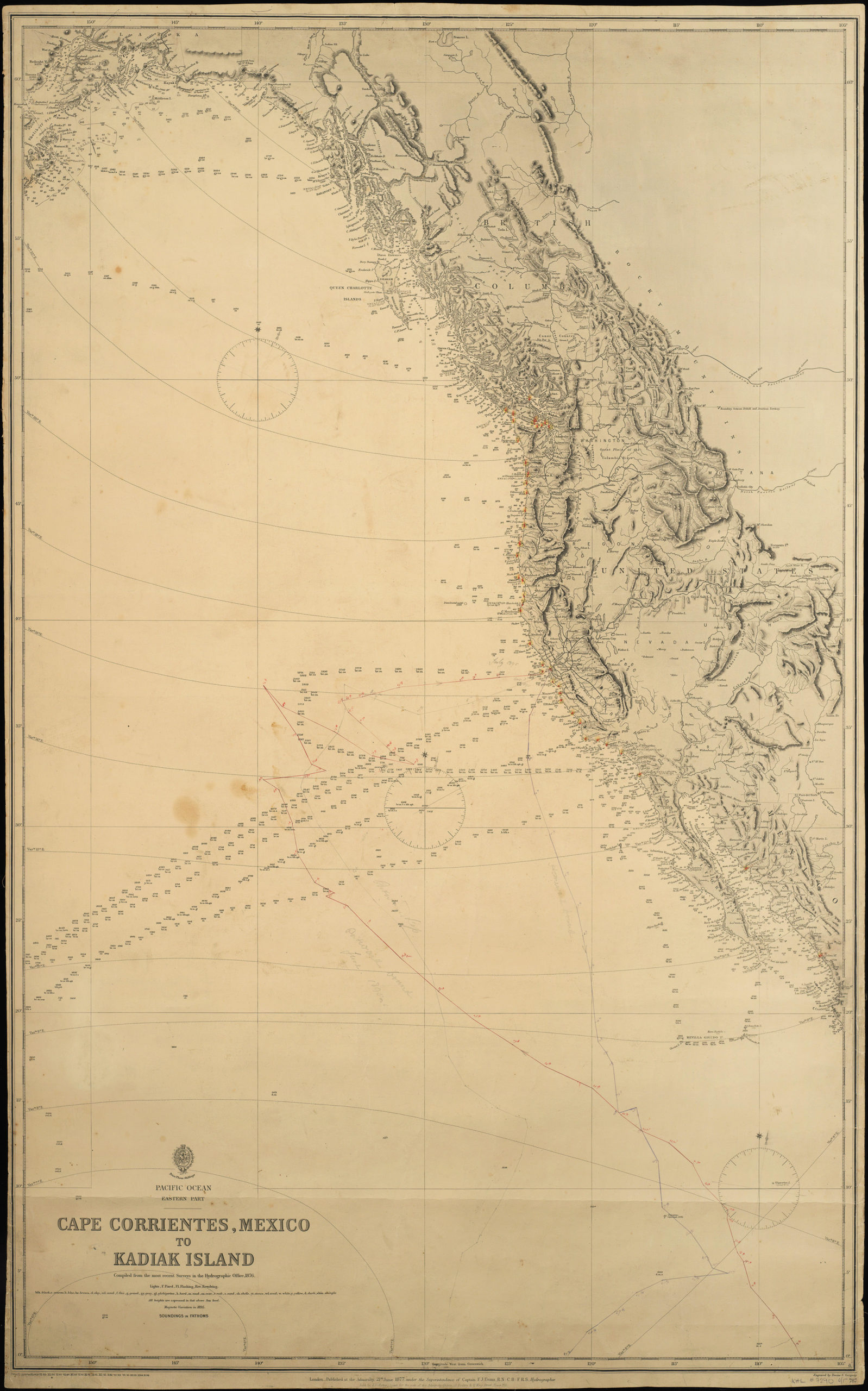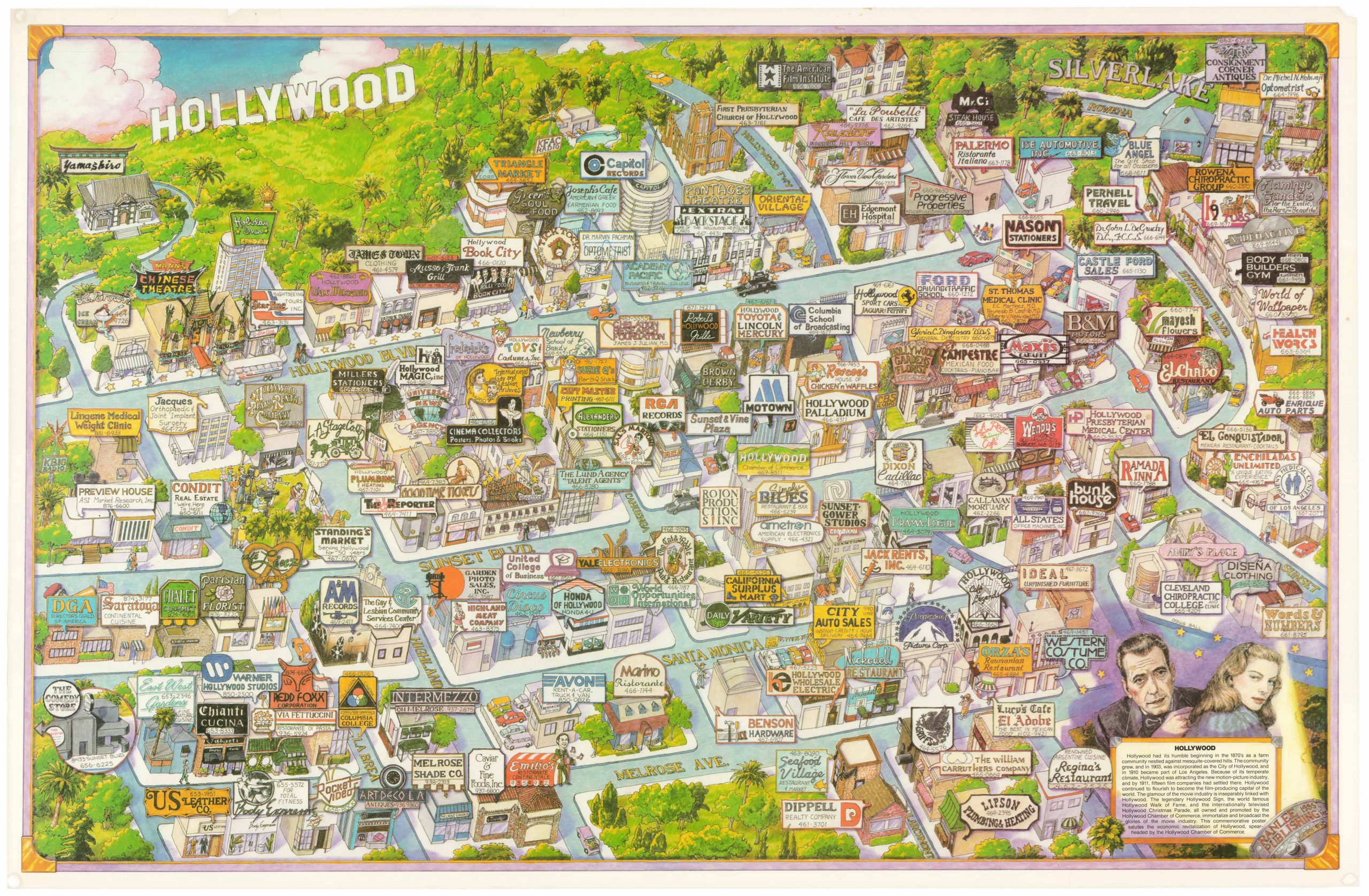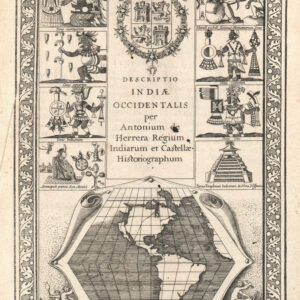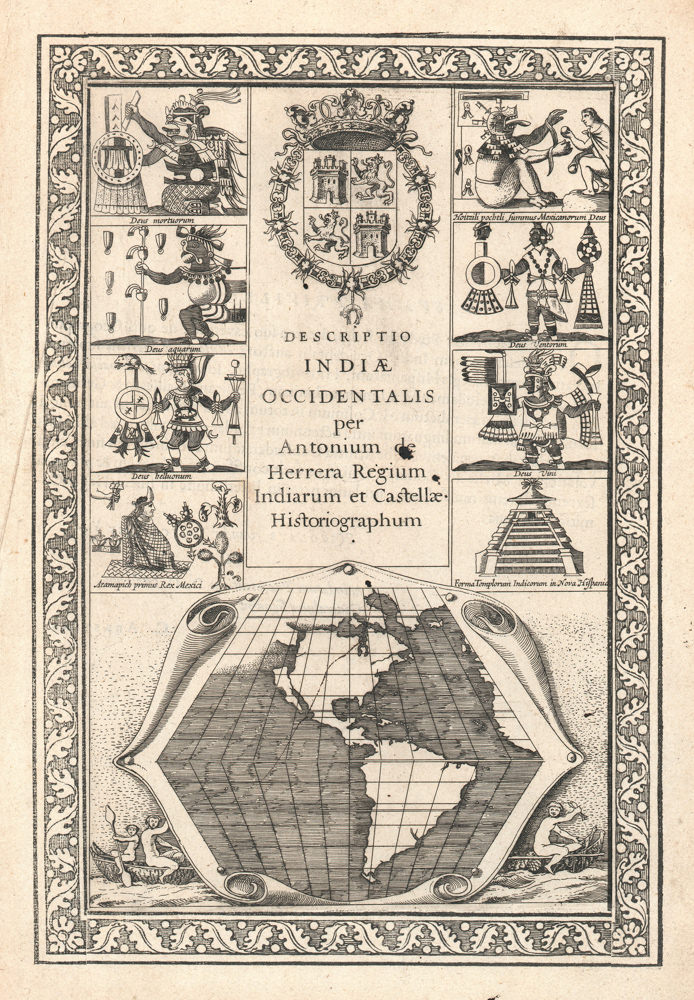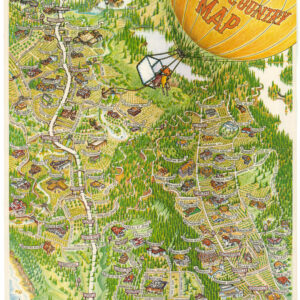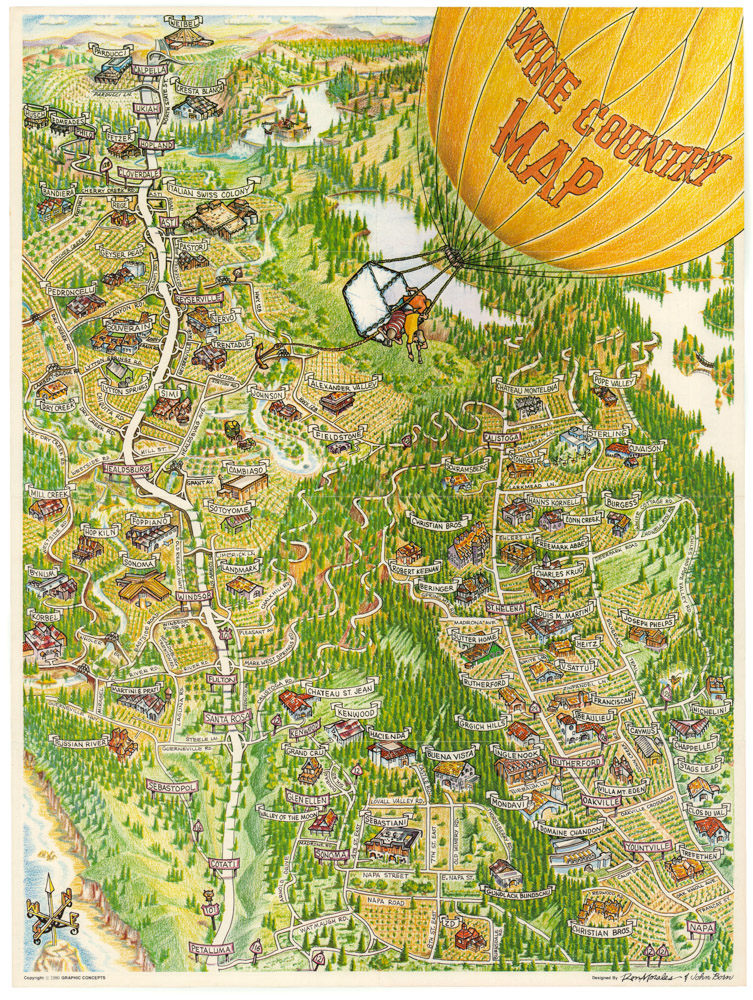The earliest acquirable map of the Bay of Monterey.
Plan of the Bay of Monterey.
Out of stock
Description
This gorgeous late 18th-century rendition of the Bay of Monterey comes from the first English edition of Le Perouse and is the earliest obtainable map of this region. The map is oriented north to the left and covers an area that stretches from Carmelo Cove and the Presidio to New Year’s Point (modern Santa Cruz) across the bay. As such, the map includes the full sweeping curve of the coastline and the bay in its entirety.
The map was engraved by L. Aubert, whose mastery of this medium is particularly evident in the landscape, which is rendered in considerable detail. Waterways, trees, and sand dunes have all been drawn meticulously onto the map, whereas the hinterland’s topographic relief is shown in finely graded hachure. The coastal mountains, labeled after the Spanish name ‘Mountains of St Lucia’ (after the catholic saint whose martyrdom is celebrated each year on December 13th), form the bay’s dramatic backdrop. In the bay’s southern end, several additional places have been labeled. The chart maker plots the Mission of St Charles, Cypress Point, and the anchorage fronting the Presidio onto the map.
Along the right margin, we note that this is map No. 34, part of the large tome detailing La Perouse’s fateful final journey. This was published in English and French in 1798 after the French authorities acknowledged the expedition had been lost (more on the expedition in the context section below). However, before the expedition’s disappearance, La Perouse had sailed on the California coast and reported extensively on it. We thus know that they landed in Monterey Bay in September of 1786 and remained anchored there for a full nine days before setting sail across the Pacific. While La Perouse’s expedition produced several coastal maps of California, only the Monterey Bay map drew almost exclusively on their own new observations and measurements made during those nine days.
Context is Everything
The map derives from the published results of an expedition captained by the great French explorer Jean-Francois de Galoup, Comte de La Perouse. Between 1785 and 1788, he commanded an expedition to the still largely unknown Pacific. The goal was to complete the exploration and mapping of the Western Pacific, which had been set and almost accomplished by the illustrious Captain James Cook on this third voyage. La Perouse was recognized as one of France’s best naval commanders and was consequently selected for the job by King Louis XVI himself.
La Perouse first explored the coasts of Alaska and the Pacific Northwest, partly searching for the fabled Northwest Passage. Among his briefs was also the determination of correct longitudes, and the British Admiralty had supplied the French expedition with their data and instruments to solve this lingering problem.
After leaving the Bay of Monterey, the expeditionary force crossed the Pacific to reach the Philippines. From here, they continued to the Asian mainland, where the entire coastal stretch from Macao to Kamchatka was investigated. Returning south, La Perouse sailed on the remote Solomon Islands. The last time anyone heard of the expedition was in Australia’s Botany Bay, where a British ship was provided copies of their records and packaged materials to be returned to Paris. This was in the spring of 1788, a year and a half after the anchorage at Monterey Bay. After that, the expedition was never heard from again.
La Perouse’s voyage is still considered one of history’s most remarkable feats of exploration. Part of the reason it is so celebrated is that despite the expedition’s disappearance, much of the information they had accumulated over the course of their journey was saved through a meticulous practice of copying records and sending these copies back to France whenever the opportunity presented itself. This was the only reason this excellent early Monterey Bay map survived.
Census
After it was clear that La Perouse’s expedition was lost, the French Government decided to publish the results and narratives that had made it back to France. Due to the collaboration with the British Admiralty and an overwhelming public interest in Great Britain, an English edition was published in London at the same time as the French edition. Neatline’s example of this map comes from the first English edition issued in 1798.
The OCLC lists numerous institutional holdings of the complete publication of La Perouse’s voyage in English (no. 85800166).
Cartographer(s):
G.G. & J. Robinson were Scottish publishers based in London and active at the end of the 18th century and the beginning of the 19th century.
La Pérouse, Jean François de Galaup deJean François de Galaup, comte de Lapérouse (23 August 1741 – 1788 ca.) was a French Naval officer and explorer whose famous expedition vanished in Oceania. His naval career began when he entered the French Navy college in Brest at the age of fifteen. Over the years, he participated in various naval campaigns, among other things, earning the esteemed rank of Commodore for his victory over the English frigate ARIEL in the West Indies. He also played a significant role in the Battle of the Saintes and gained recognition by capturing two English forts along the coast of Hudson Bay.
In 1785, La Perouse was appointed to lead an expedition around the world by Louis XVI and his Secretary of the Navy, the Marquis de Castries. The aims of the expedition were quite ambitious, intending to sail and map regions such as Chile, Hawaii, Alaska, California, East Asia, Japan, Russia, Australia, and the South Pacific. The entire expedition vanished mysteriously after leaving New South Wales in March 1788. They were en route to New Caledonia, the Solomons, and the western and southern coasts of Australia. No member of the expedition was ever heard from again.
Condition Description
Very good.
References

